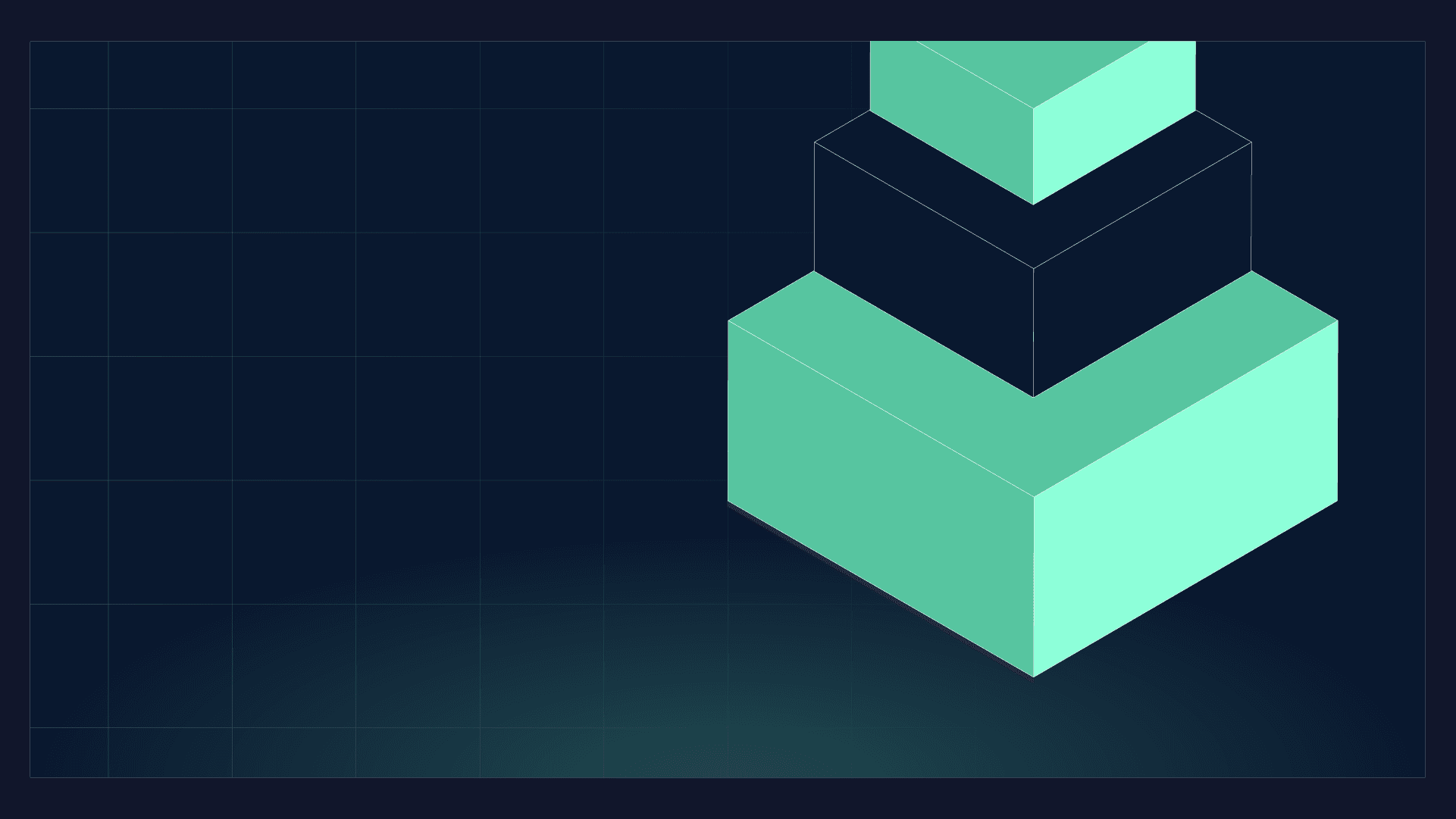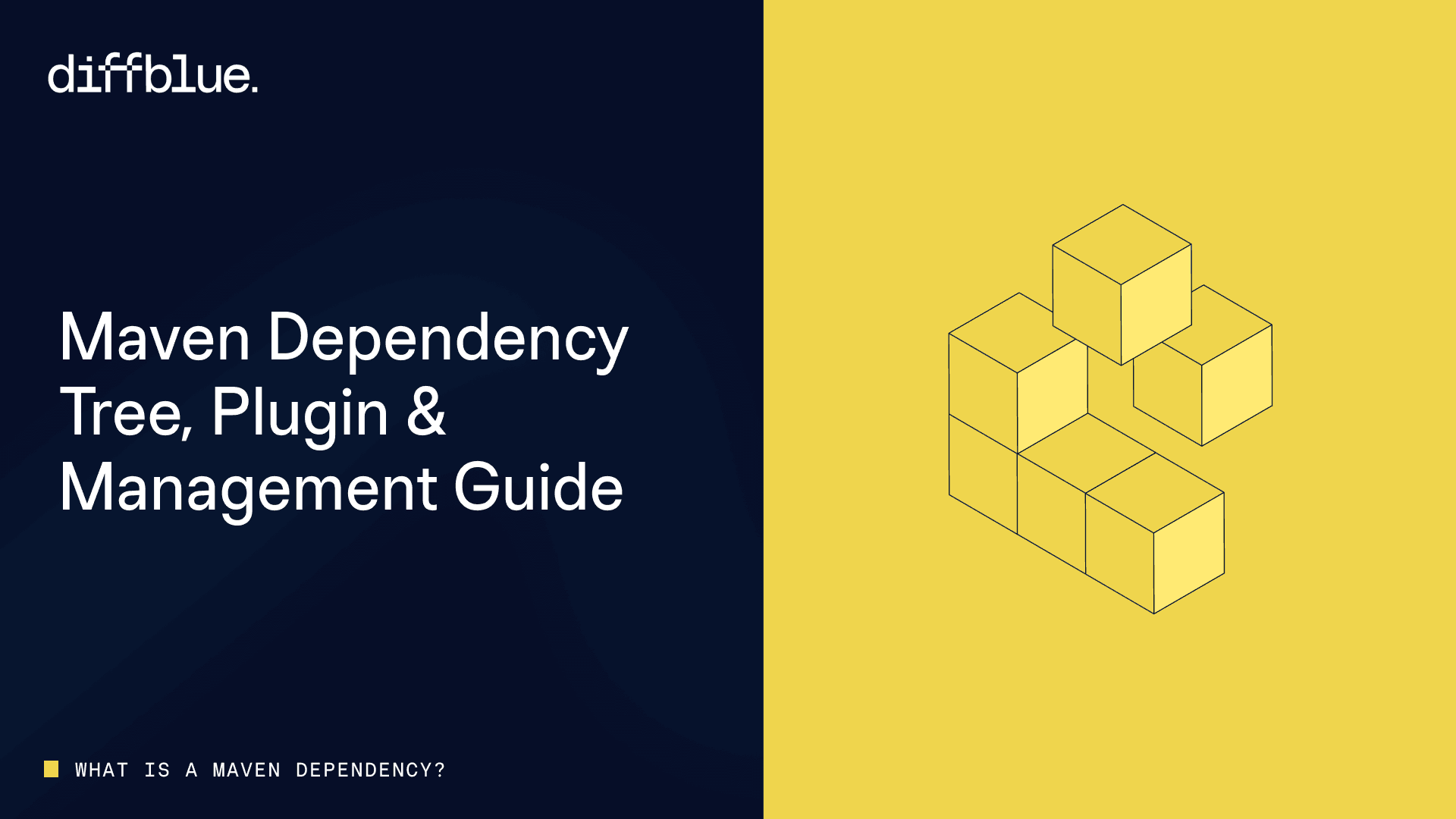Are you striving for robust, error-free Java applications? Do you want to ensure your tests are truly effective, not just decorative? Then it’s time to get acquainted with JaCoCo, the industry-standard Java code coverage library. This guide will walk you through what JaCoCo is, why it’s indispensable, and how it can elevate your development process.
What is JaCoCo?
JaCoCo stands for Java Code Coverage. At its core, it’s a free, open-source library designed to measure and report on the extent to which your Java code is exercised by automated tests. Think of it as a meticulous librarian for your codebase, diligently tracking which “books” (lines of code) have been read (executed) by your test suite and which are still gathering dust. It helps you identify untested areas, allowing you to focus your testing efforts where they’re needed most.
Why is Code Coverage Important?
You’ve written your tests, they all pass, and you’re feeling confident. But how do you know your tests are actually covering all the critical paths in your application? This is precisely where code coverage steps in. It provides objective data, turning subjective “feels good” into quantifiable “is good.” Without it, your tests might be like a security guard meticulously checking the front door while the back door is wide open – passing tests don’t always equate to comprehensive validation. Understanding your code coverage is crucial for:
- Identifying Untested Code: Pinpointing dead code or areas that your current tests completely miss.
- Improving Test Quality: Guiding you to write more effective and meaningful tests.
- Reducing Bugs: Catching potential issues in uncovered code before they reach production.
- Refactoring Confidence: Providing a safety net when making changes, ensuring existing functionality remains intact.
- Compliance and Quality Standards: Meeting internal or external quality metrics for your software.
Key Features of JaCoCo
JaCoCo isn’t just a one-trick pony; it offers a rich set of features that make it a powerful ally in your quality assurance efforts.
1. Comprehensive Coverage Metrics
JaCoCo doesn’t just tell you if a line was executed; it dives deeper. It provides detailed metrics including:
- Line Coverage: The percentage of executable lines covered.
- Branch Coverage: The percentage of decision points (if/else, switch statements) covered.
- Cyclomatic Complexity: A measure of the number of independent paths through your code.
- Method Coverage: The percentage of methods executed.
- Class Coverage: The percentage of classes loaded and executed.
2. Multiple Report Formats
Versatility is key. JaCoCo generates reports in various user-friendly formats, making them accessible for different purposes:
- HTML: Interactive and easy-to-navigate reports, perfect for human review.
- XML: Machine-readable format, ideal for integration with other tools or CI/CD pipelines.
- CSV: Simple tabular data for quick analysis or spreadsheet import.
3. Integration with Build Tools
JaCoCo plays well with others, offering seamless integration with popular Java build tools:
- Maven: Through the jacoco-maven-plugin.
- Gradle: Via the built-in JaCoCo plugin.
- Ant: Using specific Ant tasks.
This allows you to incorporate coverage analysis directly into your build process, making it an integral part of your development workflow.
4. Lightweight and Efficient
You don’t want your code coverage tool to be a resource hog. JaCoCo is designed to be lightweight and efficient, minimizing overhead during execution. It uses a sophisticated on-the-fly instrumentation approach, which means it modifies your compiled bytecode at runtime to collect coverage data, rather than requiring source code modifications.
How JaCoCo Works
Understanding the mechanics behind JaCoCo demystifies its power. It’s a three-step dance that happens behind the scenes.
1. Instrumentation
Before your tests even begin, JaCoCo subtly modifies your compiled Java bytecode. Think of it like attaching tiny, invisible trackers to every executable line and decision point in your code. This process is called instrumentation. These trackers don’t change your code’s logic; they merely prepare it to report back when it’s executed.
2. Execution Data Collection
As your application runs and your tests execute, these invisible trackers spring to life. Every time a line of code is executed, a method is called, or a branch is taken, the tracker records this event. This raw data is collected and stored in an execution data file (typically with a .exec extension).
3. Report Generation
Once your application or test run is complete, JaCoCo takes the collected execution data and combines it with your original source code and compiled classes. It then analyzes this information to generate comprehensive coverage reports in your chosen format (HTML, XML, CSV). These reports vividly display which parts of your code were touched and which remained pristine.
Getting Started with JaCoCo
Integrating JaCoCo into your project is straightforward, especially with popular build tools. Let’s look at the common configurations for Maven and Gradle.
1. Integrating with Maven
For enterprise teams that already leverage Maven, the JaCoCo Maven plugin offers a plug-and-play approach to gathering code coverage. By tweaking a few lines in your pom.xml, you can integrate JaCoCo into your existing build steps without reinventing the wheel.
- Set Your JaCoCo Version: In your plugin configuration, specify the JaCoCo version. Staying up-to-date ensures compatibility with new Java features.
- Execute mvn jacoco: After your typical
mvn clean install, you can run mvn jacoco tasks to generate a coverage report. This is perfect for quickly verifying coverage before merging new features into the main branch. - Automate Coverage Goals: Want to fail the build if coverage dips below a certain threshold? The plugin can do that with minimal fuss. No more letting untested code slip by.
Making coverage part of your regular workflow with the JaCoCo Maven is much less painful than frantically writing tests right before a release. It’s like brushing your teeth daily instead of waiting to visit the dentist only when a toothache strikes.
2. Integrating with Gradle
If you’re part of a team using Gradle, fear not: JaCoCo also plays nicely with that ecosystem. The plugin lets you add JaCoCo Gradle tasks to your build script.
- Configuring Jacoco with Gradle: In your
build.gradle, apply the JaCoCo Gradle plugin and set the tasks to run test coverage automatically. With a bit of configuration, you can generate one or multiple JaCoCo reports after each test run. - Which JaCoCo Versions to Choose?: Like the Maven approach, declare your JaCoCo version to stay current with the latest features and bug fixes. Depending on your setup, you might juggle different versions across modules.
- Generating the Coverage Report: From the command line, run
gradle test jacocoTestReport(or a custom Gradle task) to produce your coverage data. The result is a clean, visual representation of your code coverage status.
Using Jacoco with Gradle makes test coverage a seamless part of your day-to-day build process.
JaCoCo reports and making sense of your JaCoCo test coverage
Once you have your reports, understanding what the numbers and colors mean is key to taking action. JaCoCo reports often use color coding (green for covered, red for uncovered) and provide several metrics.
1. Line Coverage
This metric tells you the percentage of executable lines of code that were executed by your tests. If a line is partially covered (e.g., only one side of a binary expression), it might still count as covered but highlight potential gaps in branch coverage.
2. Branch Coverage
Branch coverage is more granular. It measures whether all branches of a decision point (like an if statement or a switch case) have been executed. For example, an if-else statement has two branches; for 100% branch coverage, both the if and the else blocks must be executed. This is critical for testing different logical paths.
3. Cyclomatic Complexity
While not strictly a coverage metric, JaCoCo reports often include cyclomatic complexity. This metric quantifies the number of independent paths through a piece of code. A high cyclomatic complexity often indicates complex, harder-to-test code, which might require more robust testing to achieve high branch coverage. Aim for lower complexity where possible.
Best Practices for Using JaCoCo
Simply generating reports isn’t enough; you need a strategy to leverage JaCoCo effectively.
1. Set Realistic Coverage Goals
Don’t blindly aim for 100% coverage across the board. While admirable, it can lead to brittle, overly specific tests that offer diminishing returns. Instead, set realistic, actionable goals based on the criticality of your code. For core business logic, you might target 90%+, while for simple getters/setters, a lower percentage might be acceptable.
2. Focus on Critical Code
Prioritize your testing efforts on the most important parts of your application: business logic, complex algorithms, and areas prone to bugs. Use JaCoCo to identify and target these high-value areas for comprehensive testing.
3. Integrate into CI/CD Pipelines
Automate! Integrate JaCoCo into your Continuous Integration/Continuous Delivery (CI/CD) pipeline. This ensures that coverage reports are generated with every build, providing immediate feedback. You can even configure your pipeline to fail builds if coverage drops below a predefined threshold.
4. Regularly Review Reports
Don’t let reports sit untouched. Regularly review your JaCoCo reports, especially after major feature development or refactoring. Look for trends, identify new uncovered areas, and use the insights to drive your testing strategy. It’s a living document of your test effectiveness.
JaCoCo vs. Other Code Coverage Tools
While JaCoCo is a standout, it’s not the only player in the Java code coverage arena. Historically, tools like Cobertura and EMMA were popular. However, JaCoCo has largely superseded them due to its superior performance, more comprehensive metrics, and active development.
- Cobertura: An older tool that uses bytecode instrumentation. While functional, it’s generally considered slower and less actively maintained than JaCoCo.
- EMMA: Another legacy tool, known for its speed. However, its development has largely ceased, making it less suitable for modern Java projects.
JaCoCo’s modern approach, robust feature set, and active community support solidify its position as the de facto standard for Java code coverage.
Key Takeaways and Why Code Coverage Matters
Large enterprises rely on stable, secure, and well-tested software. By using JaCoCo, you’re ensuring that your Java projects meet the highest standards:
- Boosts Confidence: Whether you’re in finance, defence, or healthcare, knowing your code is thoroughly tested spares you sleepless nights.
- Eases Collaboration: Coverage data provides a universal metric for developers and QA teams to discuss quality.
- Facilitates Compliance: Regulated industries often demand proof of testing rigor.
- Saves Time and Money: Catching errors early is always cheaper than fixing them at the eleventh hour – especially in large, complex codebases.
How Diffblue Cover and JaCoCo can work together
When used alongside JaCoCo, Diffblue Cover adds AI-driven test generation to your coverage strategy. JaCoCo identifies untested sections of code, then Diffblue Cover automatically writes new tests to fill those coverage gaps. As a result, enterprise Java teams benefit from both precise measurement (via JaCoCo) and swift remediation of missing tests (via Diffblue Cover), accelerating release cycles and elevating code quality in even the most demanding environments.
Final thoughts
Using JaCoCo and Diffblue Cover isn’t just about fulfilling a checklist; it’s about fostering a robust quality culture within your development team. By integrating JaCoCo and Diffblue Cover into your existing workflows, you create a system where test coverage is measured continuously and efficiently. The result? Higher code reliability, better collaboration, and moving faster without breaking things.






